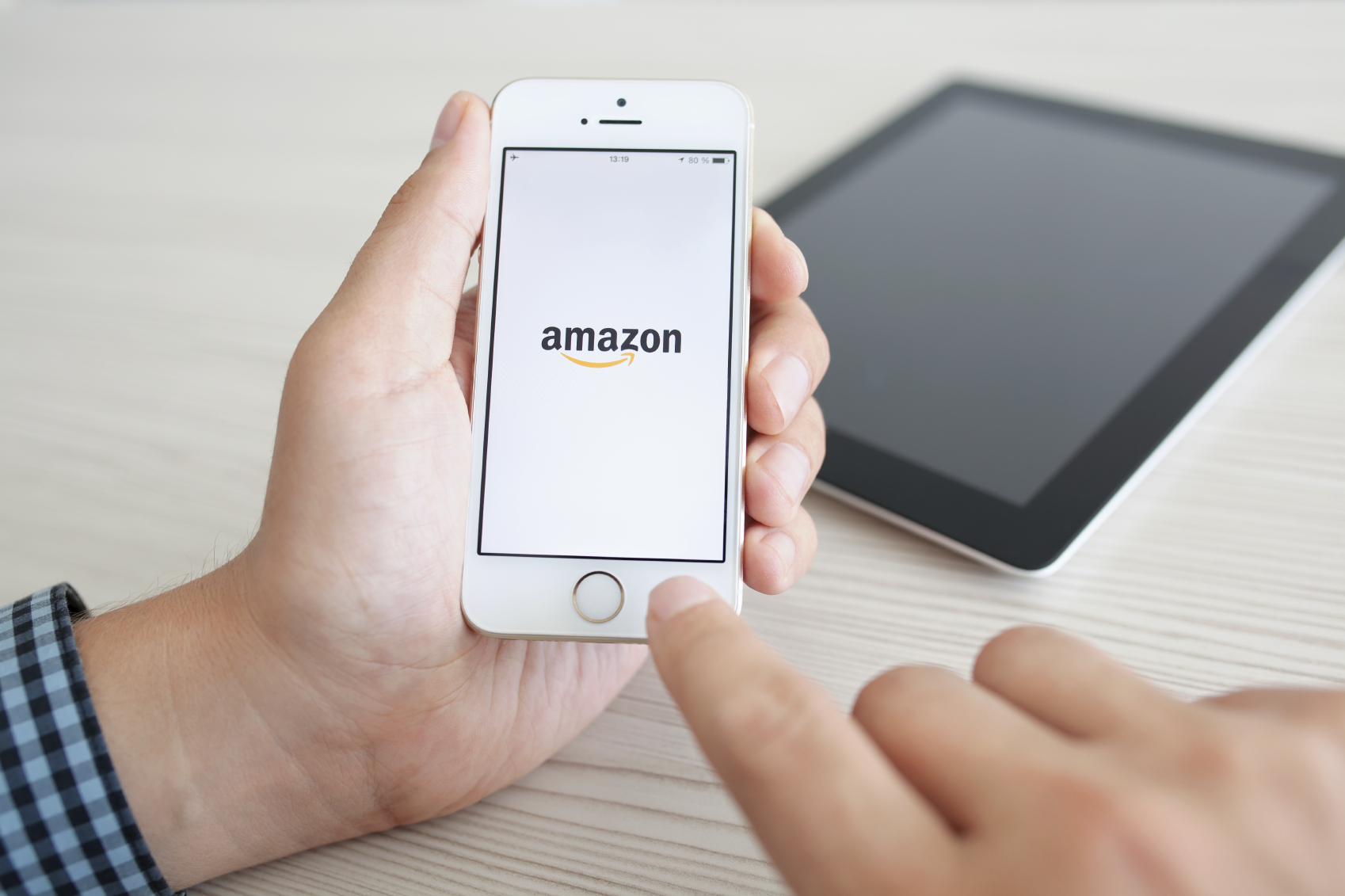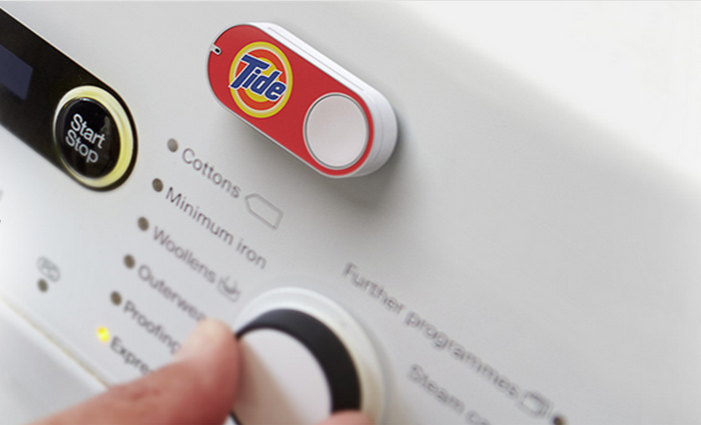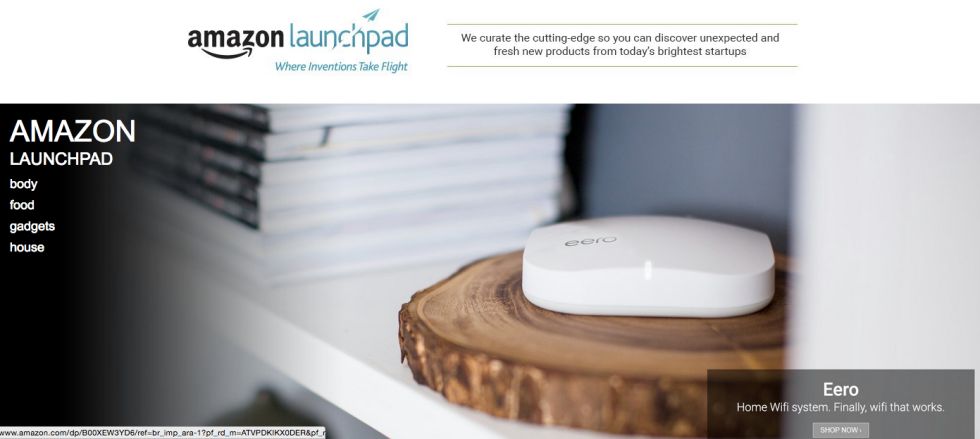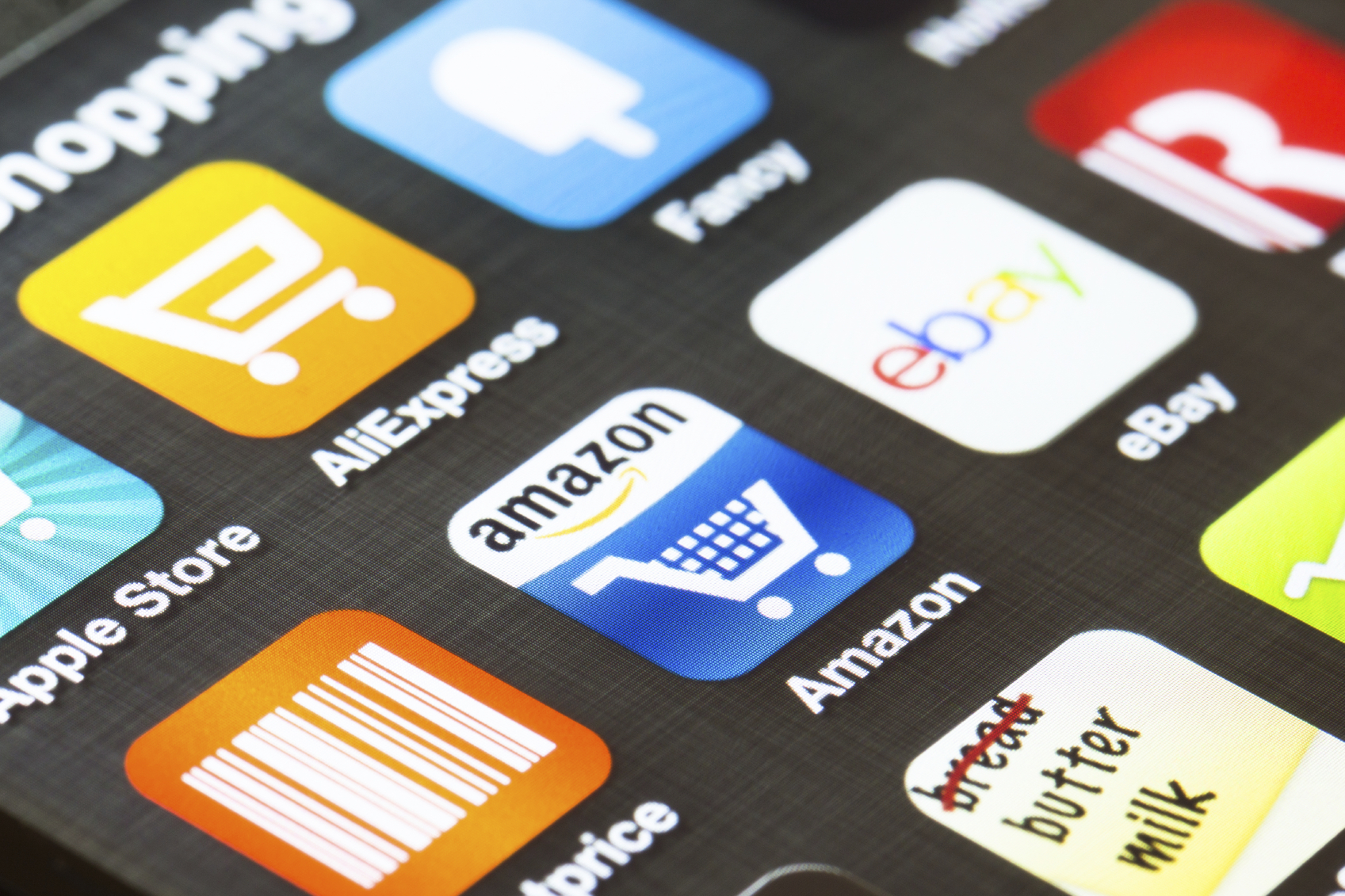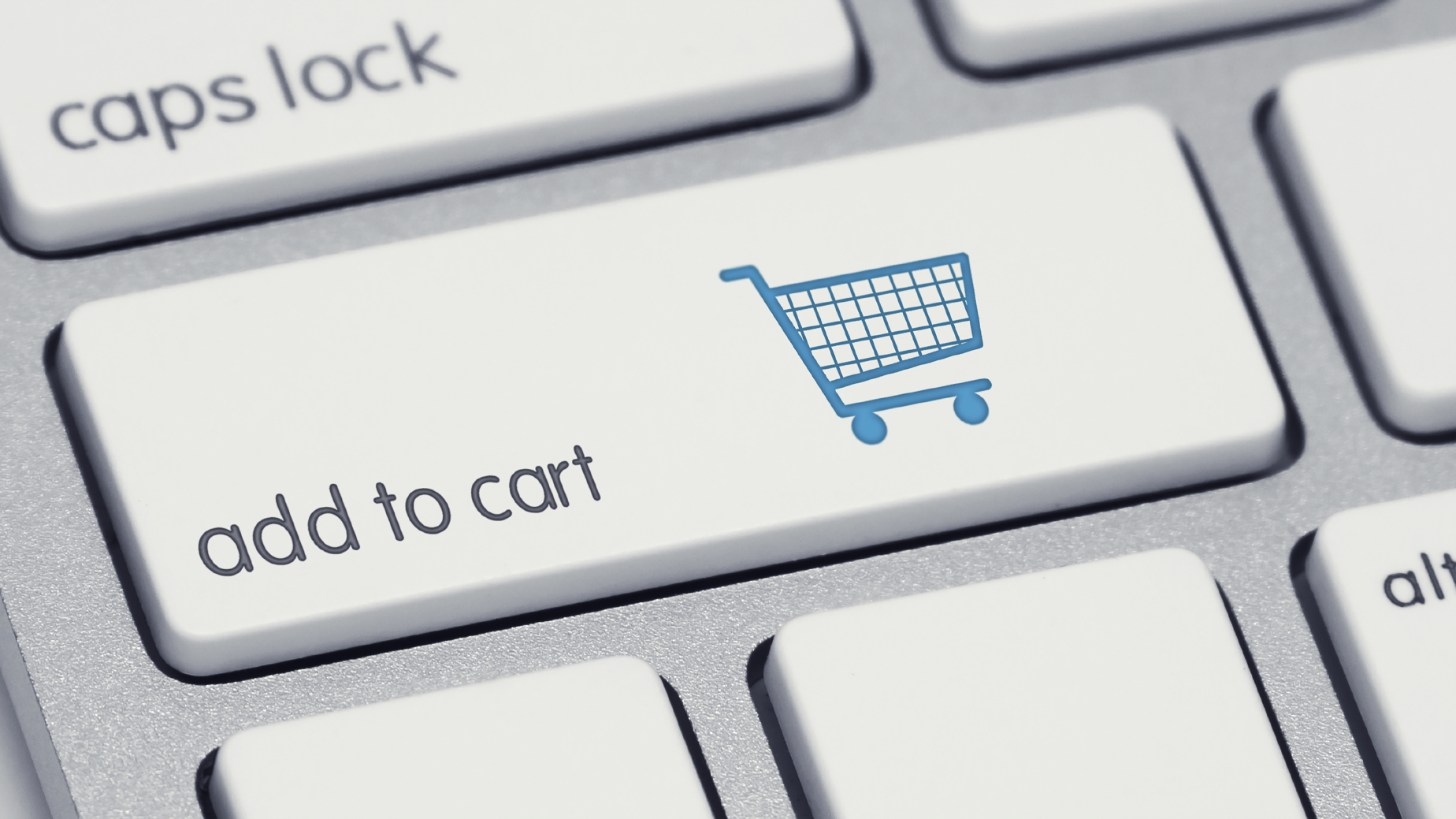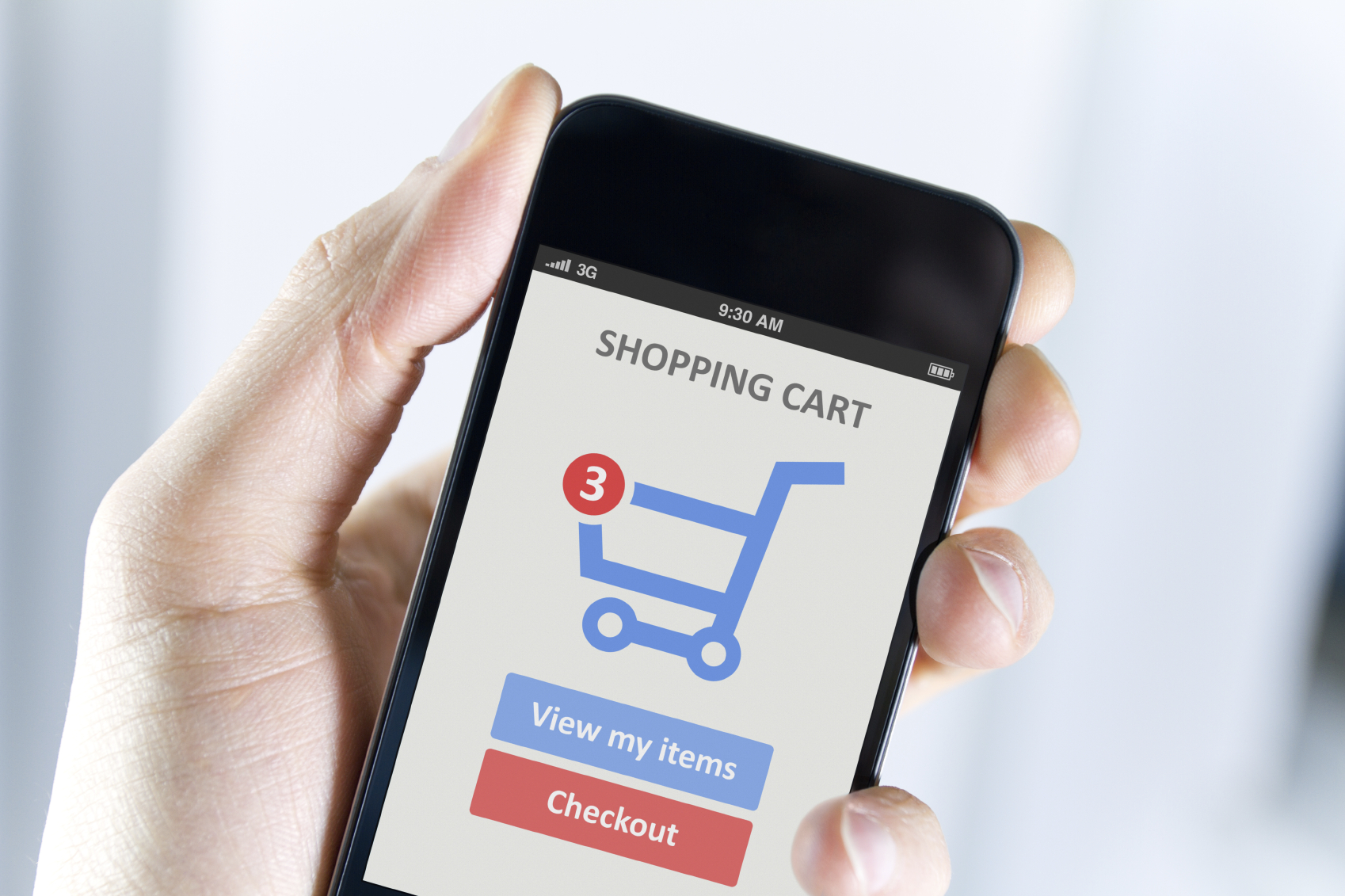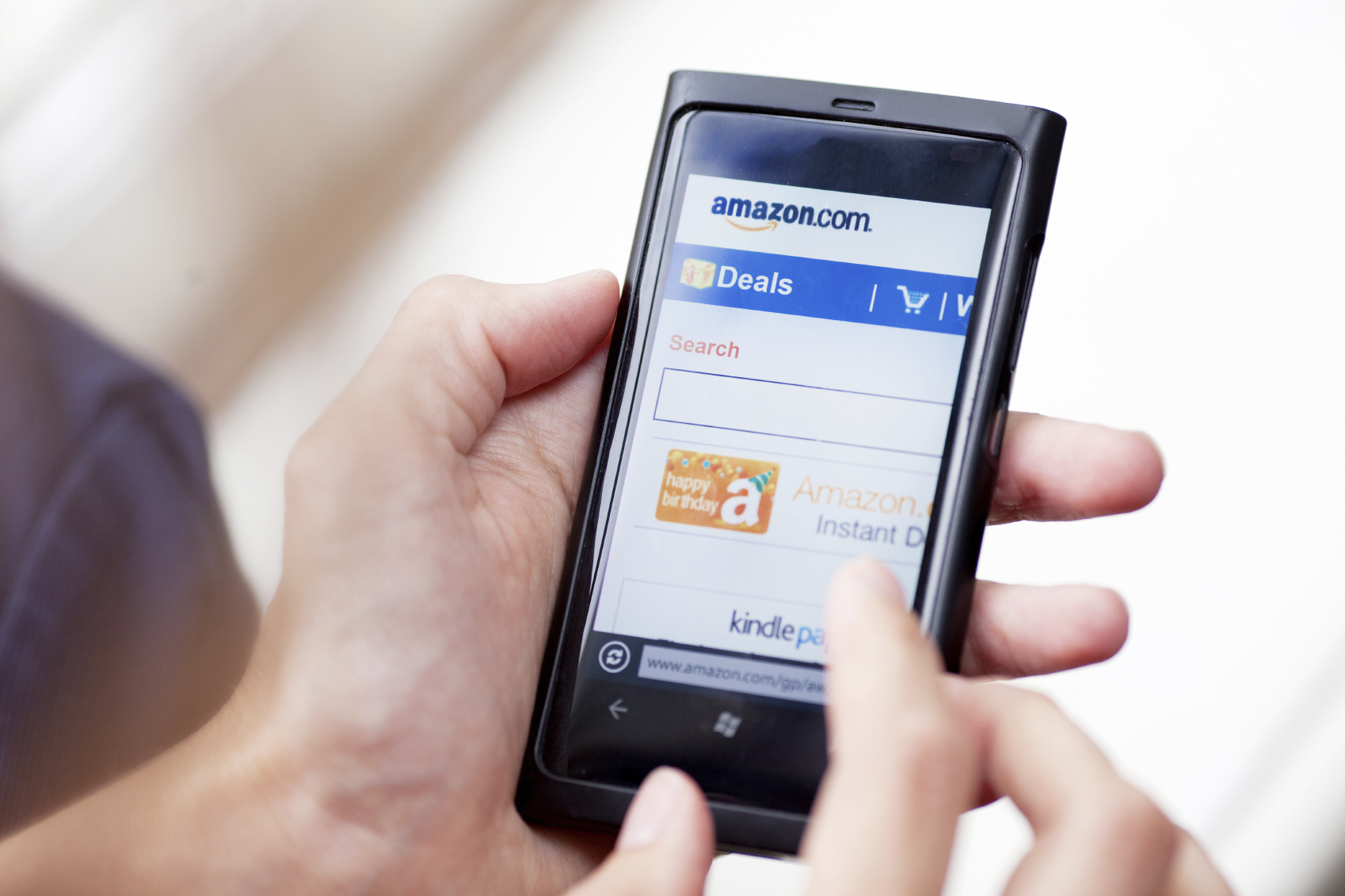What Happened
Two new developments from the OTT space today reminded us again of the ongoing convergence of content providers and digital distribution channels. Amazon Prime Video expanded its “download for offline viewing” feature from its Kindle tablets to its iOS and Android apps, while Apple has reportedly started talks with Hollywood executives about developing original contents for its long-rumored Apple TV subscription service.
Market Impact
By allowing users to download content for online viewing with monthly reauthorization required, Amazon would undoubtedly eat into the movie rentals and sales – most of them motivated by lack of Internet access caused by travel nowadays – that Apple’s iTunes Store currently occupies. Meanwhile, Apple’s ambitious entry into the OTT content market, complete with a subscription service and possibly its own original content, would put it in direct competition with Amazon along with a handful of other OTT services.
As the digital transition of the TV industry continues, we expect to see more twists and turns in the changing TV landscape that all brands and media owners need to be aware of, even if they are not immediately actionable.


